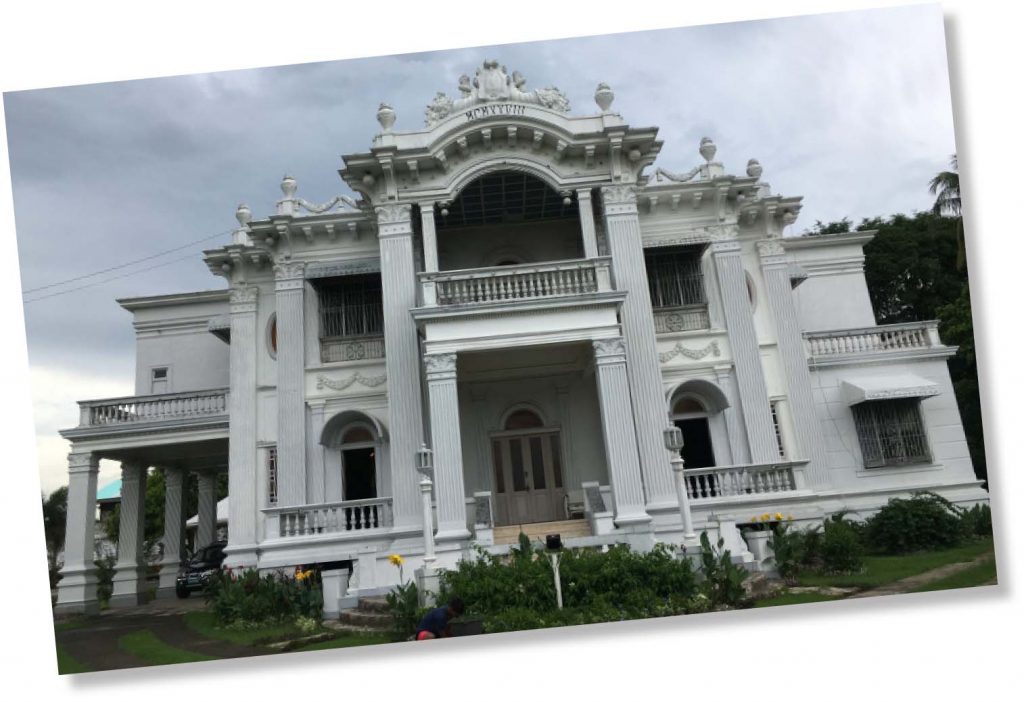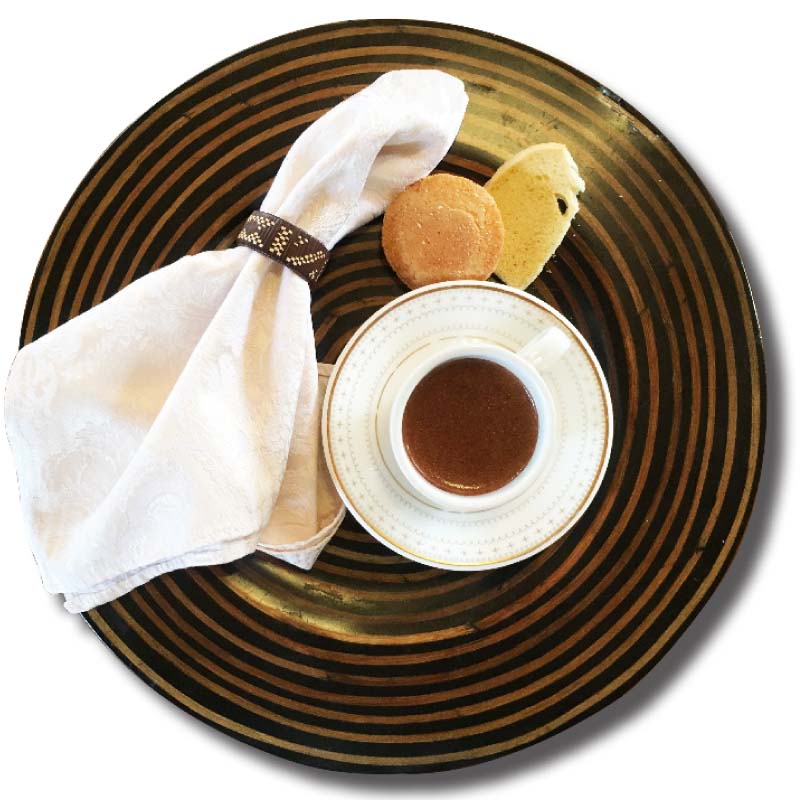
Folks looking to get to know the country more should explore Iloilo City. The charming city has a rich history: it has many old houses, some of which have been turned into museums and beautiful churches, and delicious food – all of which tell the story of a city, a province, and a people.
Stop at the Jaro Cathedral in Jaro, one of the oldest Catholic churches in Panay. The Romanesque structure was built in 1847, destroyed by an earthquake in 1948, and rebuilt in 1956. Also in Jaro is Nelly Garden, the Lopez mansion that has been turned into a museum. The space is open for tours and events, and family members still stay at the mansion when they’re in town.
No visit to Iloilo City is complete without trying batchoy (肉水), a pork noodle soup filled with innards and egg noodles, topped with fried garlic, spring onion and pork cracklings derived from the Chinese mami that Tsinoy peddlers used to sell. The dish is said to have been invented by Leonito Guillergan, or Netong, whose restaurant of the same name still stands in La Paz market.
At Netong’s, a bowl of batchoy comes with unlimited soup, pork rind and condiments. It has kept the same recipe that Netong used in 1948, so to eat this dish is to partake of history. Just a few steps away from Netong’s is Madge Cafe, which has been Iloilo City’s watering hole since it opened in the late 1930s. The Cafe uses pure arabica beans, which they roast themselves. The coffee is made the old-fashioned way – the same way from when the Cafe first started – using a cloth “sock” to strain the brew. The Cafe has kept its 1930s charm. The walls are decorated with murals, while one wall lined with shelves holds personalized mugs. The only indication that Madge Cafe has joined the 21st century is the addition of iced coffee on its menu – a hit with folks of all ages.
In nearby Molo, where the town’s pansit molo got its name, one must visit the St. Anne Church or the Molo Church, a Gothic structure that is also known as a “feminist” church because all the statues of saints inside are female. Standing in front of the Molo plaza, it always seems to be filled with people having a good time. There are food vendors (the bibingka is a must-try) and sometimes, even small fairs. Across the street is the Yusay-Consing mansion, more popularly known as the Molo mansion. Built in the 1920s, the mansion was said to have hosted and accommodated two Philippine presidents, Manuel L. Quezon and Sergio Osmeña, during their Iloilo visits. The mansion has since fallen into serious disrepair.
But it was saved from demolition when SM Lands Inc. bought the property, and restored the original building, turning it into a heritage museum, with the first floor converted into a Kultura store where folks can buy souvenirs, as well as showcasing local delicacies, products and arts made by Ilonggos. If you get hungry while touring the property, there are a couple of cafes on the grounds as well. If you have time, head to the Camina Balay na Bato. The Avencina mansion is yet another old house that has been turned into a museum, except this one serves snacks!
Tourists have to watch a five-minute video that explains everything about the house before being invited to explore the upstairs living area and partake of a snack of either hot cocoa with biscuits for dipping or pansit molo. If you have to choose just one, pick the hot cocoa. The museum is famous for their tsokolate batirol, and in fact sell the cocoa and the tools to make it with on-site.
If you have room in your suitcase, you might want to bring home a heavy steel pot for making chocolate. If not, you can content yourself with just a notched wooden stirrer made from guava wood that imparts a deep resin-like flavor to the chocolate it stirs.
If history doesn’t interest you and you’d rather hang out in a place that’s more modern, Iloilo has that, too. The Ayala Atria mall is a one-storey outdoor mall that contains homegrown restaurants. The mall also has branches of Netong’s and Madge Cafe. Also in the area is Fuel.Ph, a third wave coffee shop located in the warehouse district (the shop itself was once a warehouse) and is home to not only great coffee, but a lot of community activities as well. It’s a great little space in a great little city.
This is just a few of the many things to see and do (and eat) in Iloilo City. If you have more time, it’s worth it to venture out and explore Iloilo province. There are beaches to comb, cemeteries to explore (if you’re into that sort of thing), and seafood to devour. Iloilo is also a boat ride away from Guimaras, which people say produces some of the best mangoes in the country (if not the world).
The Philippines is a beautiful place, its many corners waiting to be discovered by its own citizens. After all, what better way to love your country than to go see it for yourself?
